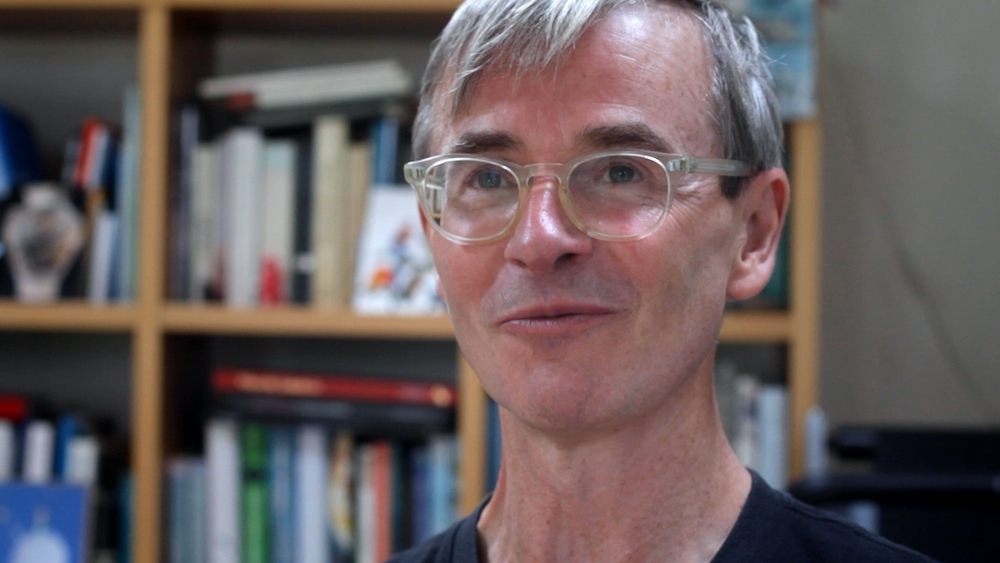![]() In this week’s programme we’re exploring the concept of wonder in the company of science writer Caspar Henderson, author of A New Map of Wonders. One reviewer called the book ‘astounding, mind-bogglingly, unimaginably wonderful’.
In this week’s programme we’re exploring the concept of wonder in the company of science writer Caspar Henderson, author of A New Map of Wonders. One reviewer called the book ‘astounding, mind-bogglingly, unimaginably wonderful’.
Twentieth-century physicist Richard Feynman described his interest in science matter-of-factly as ‘simply to find out more about the world’. But Caspar Henderson repeatedly shows that wonder has been a frequent stimulant or accompaniment to that impulse to find out: a marvelling at the complexity or simplicity, the intricacy or interrelatedness of the natural world, its laws, and ourselves.
Centuries before Feynman, for example, Johannes Kepler wrote, ‘Perception belongs not to optics but to the study of the wonderful.’ Henderson shows that scientific knowledge does not exhaust wonder or dispel it; it operates its own kind of enchantment, born of greater understanding.

Some of his wonders are cosmic in scale, but it’s not a book of grandiose superlatives. Henderson agrees with the current Astronomer Royal, Martin Rees, who has said that ‘even the smallest insect is far more complex than a star’.
When I met Caspar a few years ago to talk about his previous book, he told me it had its origins in a dream he had by the river bank in Oxford; so I was naturally curious to hear what had set him on his quest for wonders this time.
